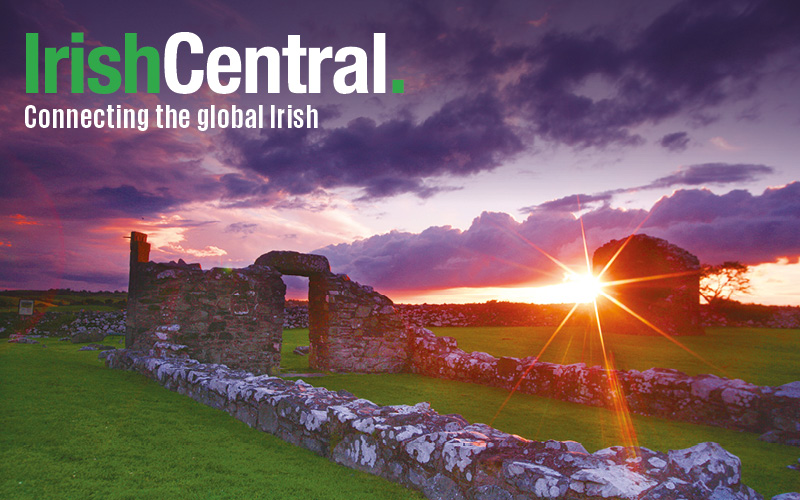An international team of researchers is studying what types of foods our ancient ancestors ate in Ireland during the Iron Age.
Archaeologists are using data and artifacts discovered from commercial digs during the Celtic Tiger years to learn about the dietary habits of people in the southeast of Ireland between 2,700 and 2,000 years ago.
UCC archaeology lecturer Dr Katharina Becker and her colleagues are able to use pollen grains from cultivated plants which have been trapped at the core of a Kilkenny lake to get an indication of their age through radiocarbon dating.
The project, “Settlement and Landscape in Later Prehistoric Ireland – Seeing Beyond the Site,” which is funded by the Heritage Council, is using seeds and animal bones discovered in road, gas pipeline and housing digs to help determine what Iron Age people consumed.
“We have identified evidence of settlement, as well as arable and pastoral agriculture, indicating that communities were thriving in the southeast of Ireland,” Dr Becker told the Irish Times.
“Cattle and pigs provided dairy and meat, barley was a staple, and we also have evidence of a variety of wheats, including spelt, emmer and naked wheat.
“We know that bread was around in Iron Age Ireland at the time. The challenge was, how do we make a bread with these sort of grains because barley is very low gluten so you have to mix in a certain amount of gluten-rich grains such as wheat,” she said.
Read more: Eating like the ancestors - an experiment in Irish Iron-Age cuisine
Because remnants of houses from the period do not have any recognizable hearths, it is believed that communities may have gathered around fulachtaí fiadh (boiling pits) for meals, reports the Irish Times.
However, evidence of how daily dining rituals were performed as well as what recipes and cooking methods were used to make barley breads is scarce.
The researchers are partnering with Declan Ryan of Arbutus Bread in Cork to experiment with different measures and consistencies of flours in a bid to learn something of our ancestors’ methods.
Dr Becker said that, although meat and dairy did form at least part of some meals, the researchers continue to investigate how regularly these ingredients were used or by whom.
“We wouldn’t be able to quantify how much meat and dairy was used or how frequently. We have to assume that the staples were plant-based. Meat and dairy was something that was probably socially restricted or restricted to certain occasions,” she said.
Read more: The history behind Ireland’s ancient Druids




Comments